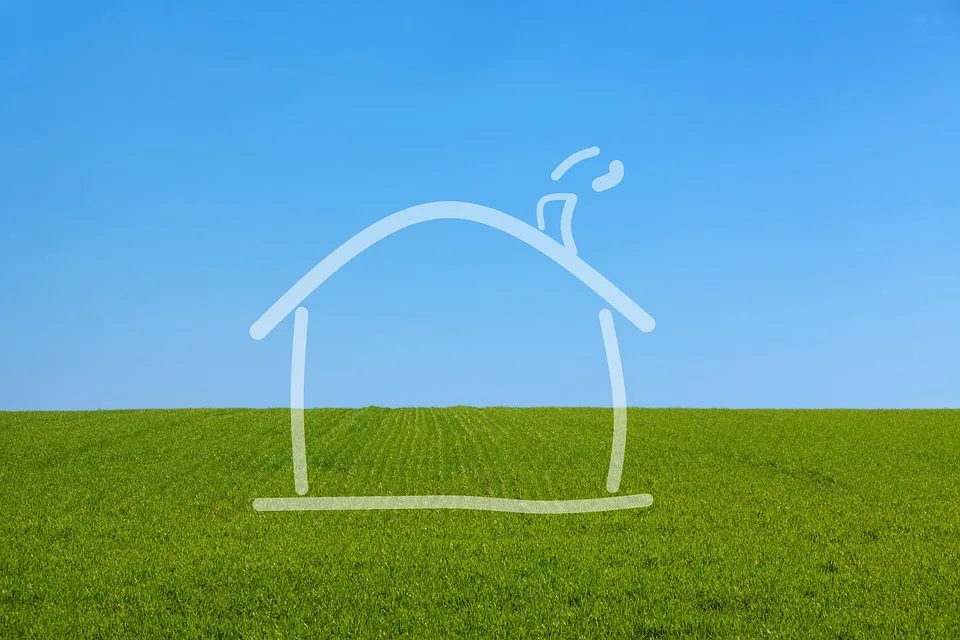[ad_1]
Today, you may find it really hard to find zero down payment mortgages. Even those that you can find are available for those who have proof of income. Plus, they should have a credit score of at least 720. As a matter of fact, some lenders may require a higher credit rating. You can get more details from a good mortgage broker. In this article, we are going to take a look at some loan options and a few alternatives. Read on.
VA Loans
Veterans and military families can go for a VA loan. This type of loan features 100% financing. With this insurance program, you can get loans to a specific limit, which is $424,00 in most cases. These loans don’t require any down payment but the mortgage insurance can be part of the loan. Different venders have different loan qualifications. Generally, your debt to income ration must be around 41% for the loan.
USDA Rural Development Housing Loans
If you live in a designated region, you may qualify for the USDA Rural Development Housing Loan. These loans are allotted for the residents of remote areas, you may qualify for these loans if you live in a nearby town.
Your minimum credit score must be between 600 and 640 for this option. Aside from this, the advance loan guarantee is wrapped into the loan balance. So, there will be no need of cash at closing.
Navy Federal Loans
Navy Federal Credit Union provides 100% financing for qualifying members who want to purchase primary homes. However, the downside is that only military personnel and their family members can apply for the offer. This program is like the VA’s except that it features a lower fee of 1.75% for funding.
When should you not go for No-Down-Payment Mortgages?
If you ask your mortgage specialist, they will tell you that It’s important to keep in mind that these plans have their own set of drawbacks. For instance, if you finance all of the home purchase, keep in mind that you will have zero equity in the house. As a result, lenders may consider you a high-risk borrower. Therefore, they may require you to get private mortgage insurance prior to signing the loan.
Keep in mind that if you default, it will cost you between 0.5 and 1% of the loan amount annually. Unlike the mortgage payments, this expense won’t be considered as tax-deductible.
Often, mortgages with zero down payment have a higher rate of interest than the conventional options. The reason is that lenders offer the best terms for those who can pay a down payment.
Alternatives to Mortgages that have Zero Down Payment
If you are not qualified for the no down payment programs, you can check out the following alternatives. But make sure you discuss the matter with your mortgage specialist first.
Local Loans
Almost all counties, states and municipalities offer different types of incentives for home buyers. They include down payment assistance, low interest rates, closing cost assistance or a combo of these.
Also, many of these are restricted to purchasers who satisfy specific income levels while others are only for first-time buyers. Aside from this, some programs can meet the needs of specific groups, such as teachers and medical personnel.
Although not all these programs can be the perfect alternative to down payment, know that some may offer interest-free loans or grants that may cover some of the down payment.
FHA Programs
For these programs, you must make at least 3.5% of payment upfront. However, according to FHA guidelines, the down payment must be funded in the form of financial gifts from different sources, such as non-profit organizations, fiancées, or relatives.
Similarly, FHA also offers another great program called the Good Neighbor Next Door for public employees, such as police offers and teachers. And the good thing is that the down payment is only $100.
Piggyback Mortgages
For this strategy to work, you must take out two loans. The first is to cover 80% of the purchase price of the house, and the second one to cover the rest of the price. Before the subprime mortgage crisis, the common practice was to have a 80/20% split.
Today, on the other hand, things are difficult. Therefore, the maximum may be a plan that features 80%/15%/5% loan. I this case, you get a primary mortgage to finance 80% of the purchase, while you get a home-equity loan or another mortgage to cover the rest. The remainder of 5% is covered by a down payment.
Wait and Save
Another viable option is to postpone your dream of owning a home until you can afford to make a down payment. In fact, if you try hard, you can save enough funds to make a down payment. This is true especially if you have already put aside some money.
For instance, you can withdraw as much as $10,000 from the IRA, especially if you are a first-time buyer. And the good thing is that you won’t have to worry about the early withdrawal penalty of 10%.
[ad_2]
Source
[To know more]


